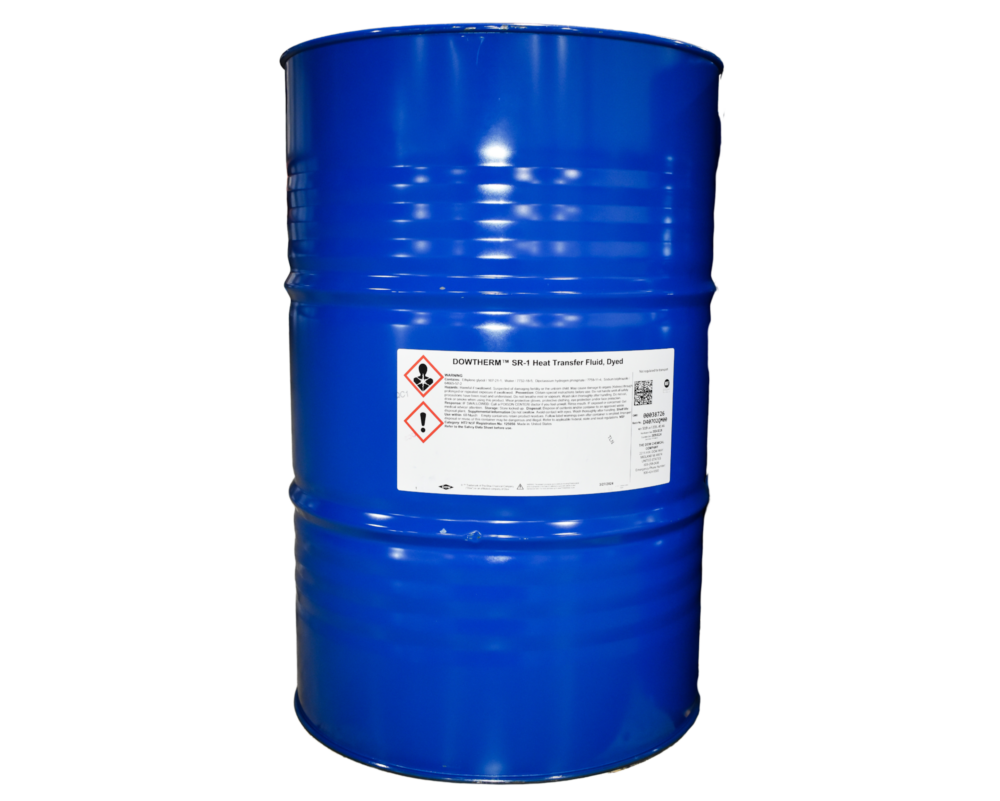Just How Heat Transfer Fluid Influences the Performance of HVAC Systems
Wiki Article
Why Heat Transfer Fluid Is Essential for Optimizing Energy Transfer in Solution
The duty of warmth transfer liquids in optimizing energy transfer is critical for attaining efficient thermal management across different commercial fields. These liquids facilitate seamless heat exchange, ensuring procedures run within optimum temperature level arrays and reducing the risk of overheating. Their selection, based on variables like thickness and thermal security, straight affects the effectiveness and sustainability of a system. The intricacies of choosing the right liquid are often underestimated. What are the crucial considerations for this selection, and just how do they influence both financial performance and environmental responsibility in commercial applications?
Role in Thermal Management
Heat transfer liquids play a crucial duty in thermal monitoring by effectively controling temperature levels in different industrial procedures and systems. These specialized liquids assist in the transfer of heat in between various elements, guaranteeing optimal operating problems and stopping overheating. By maintaining specific temperature level control, warm transfer fluids enable markets such as chemical manufacturing, oil and gas, and power generation to run securely and effectively.The selection of an ideal warm transfer fluid depends upon a number of variables, consisting of thermal security, heat ability, and viscosity. High thermal stability makes sure that the liquid can endure extreme temperature levels without deteriorating, while a high warmth capability allows it to soak up and release significant amounts of warmth - heat transfer fluid. Low thickness decreases the power needed for pumping, adding to general system efficiency
In addition, warmth transfer liquids are indispensable in applications like refrigeration, where they help soak up and dissipate heat throughout the cooling cycle. In solar thermal energy systems, these fluids capture and transportation solar heat to produce electrical energy or offer warm water. Their flexibility to diverse operating conditions and capacity to maintain constant thermal efficiency underscore their significance in commercial thermal management, promoting operational continuity and improving safety and security steps.

Enhancing System Efficiency
To make the most of the benefits of thermal administration, boosting system efficiency through the tactical use of warm transfer liquids is extremely important. By maintaining optimal temperature levels, heat transfer fluids help guarantee that systems operate within their developed specifications, consequently protecting against overheating and lowering the danger of part failing.
Sorts Of Warmth Transfer Liquids
The variety of warm transfer fluids underscores their vital role in a range of commercial applications, each customized to satisfy particular thermal administration requirements. These fluids promote efficient energy transfer and are picked based upon crucial residential properties such as thermal security, viscosity, and heat ability. The key kinds consist of water, glycol services, oils, and synthetics, each offering distinct benefits.Water is one of the most typical heat transfer tool because of its high particular warm capability and low price. Its use is restricted by its freezing and steaming points. Glycol mixtures, often made use of in cooling and heating systems, offer a lower cold point, adding convenience in my explanation different environments. Mineral oils are preferred for their thermal stability and non-corrosive nature, making them appropriate for high-temperature applications.

These fluids make sure superior performance in systems where conventional fluids may fail. The selection of a warm transfer fluid is vital, as it influences system efficiency, safety, and longevity.
Environmental and Economic Perks
Using the best warmth transfer fluids supplies considerable environmental and financial benefits for industrial operations. Environmentally pleasant heat transfer liquids, frequently eco-friendly and non-toxic, decrease the risk of dirt and water contamination in the read event of leaks or spills, therefore safeguarding ecosystems and conforming with rigorous environmental laws.Financially, the appropriate warmth transfer liquid can substantially minimize operational costs. Fluids with extensive lifecycle efficiency reduce the frequency of replacements and upkeep, lowering downtime and connected expenses. Overall, the strategic usage of ideal heat transfer liquids sustains sustainable economic growth and ecological stewardship.
Choosing the Right Liquid
How does one navigate the intricate process of picking the best warmth transfer liquid for industrial applications? Choosing the appropriate fluid is crucial, as it directly influences system efficiency, safety and security, and operational expenses. Key factors to consider consist of thermal security, compatibility with system products, and running temperature array. Thermal stability makes certain the fluid can stand up to heats without weakening, while compatibility avoids corrosion or various other detrimental responses with system parts. The operating temperature variety have to align with the system's demands to keep performance and durability - heat transfer fluid.Furthermore, the fluid's heat capability and viscosity are extremely important. A high warm capacity allows the fluid to soak up and transfer more power, boosting effectiveness.
Conclusion
The tactical option and application of warmth transfer fluids are fundamental to maximizing energy transfer across numerous systems. By making sure high thermal stability and capacity, these liquids offer precise temperature level control and enhance total system effectiveness. This optimization adds to lowered operational expenses and lower greenhouse gas exhausts, hence promoting sustainability. The selection of fluid, customized to particular thickness and operational needs, is crucial for taking full advantage of performance and accomplishing financial and environmental advantages in industrial procedures.Report this wiki page